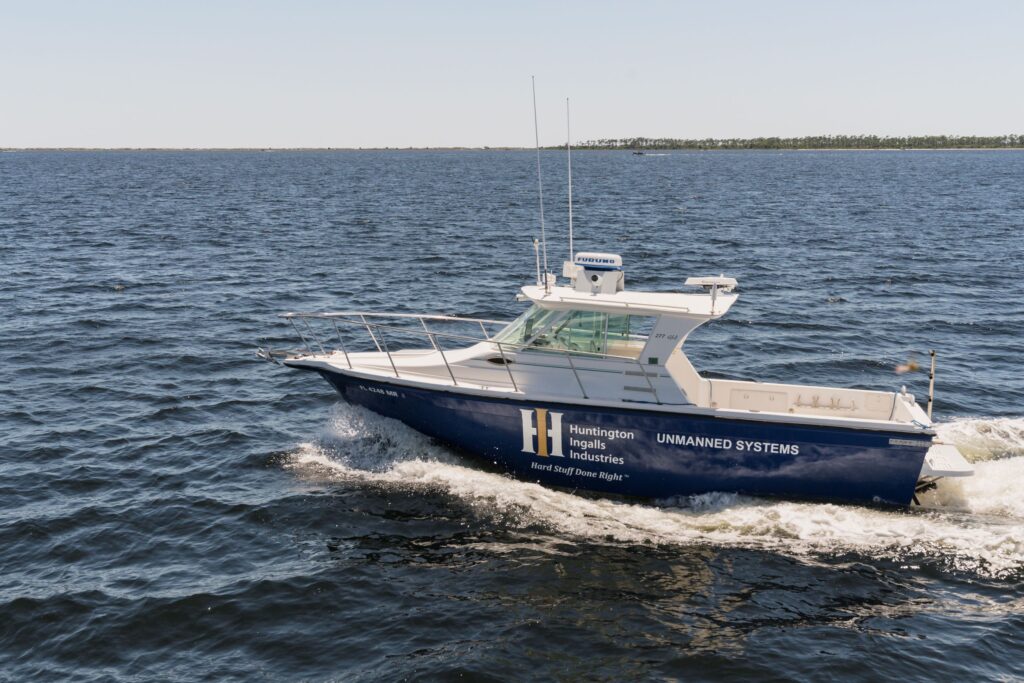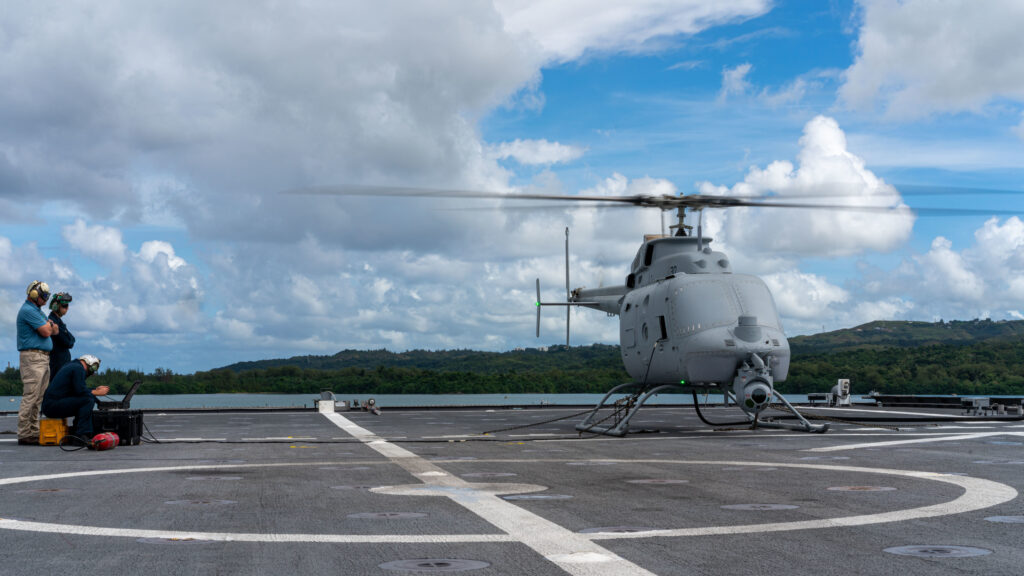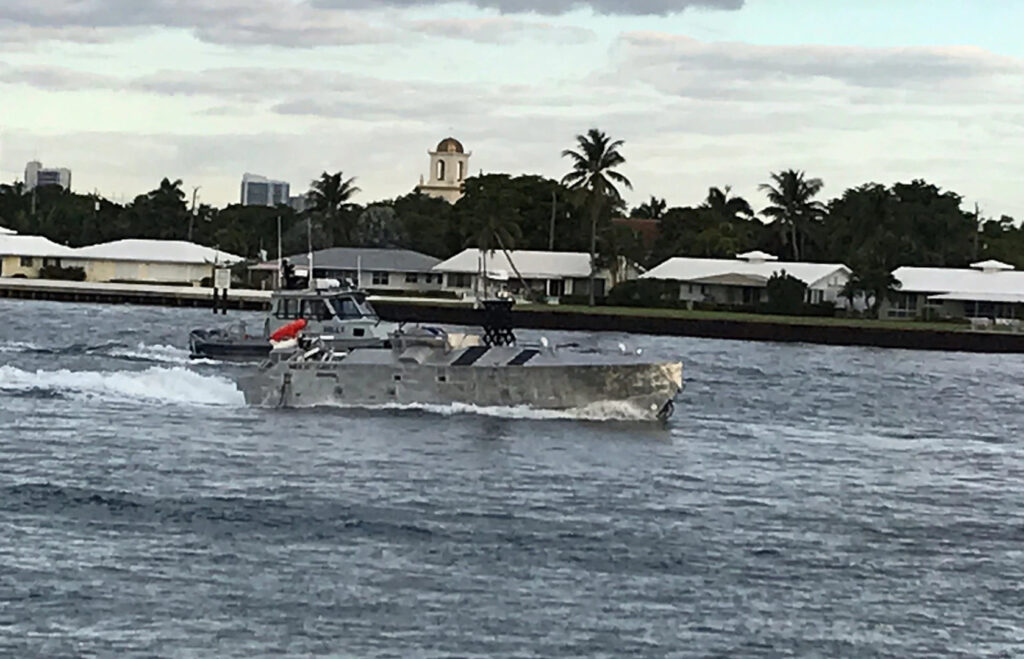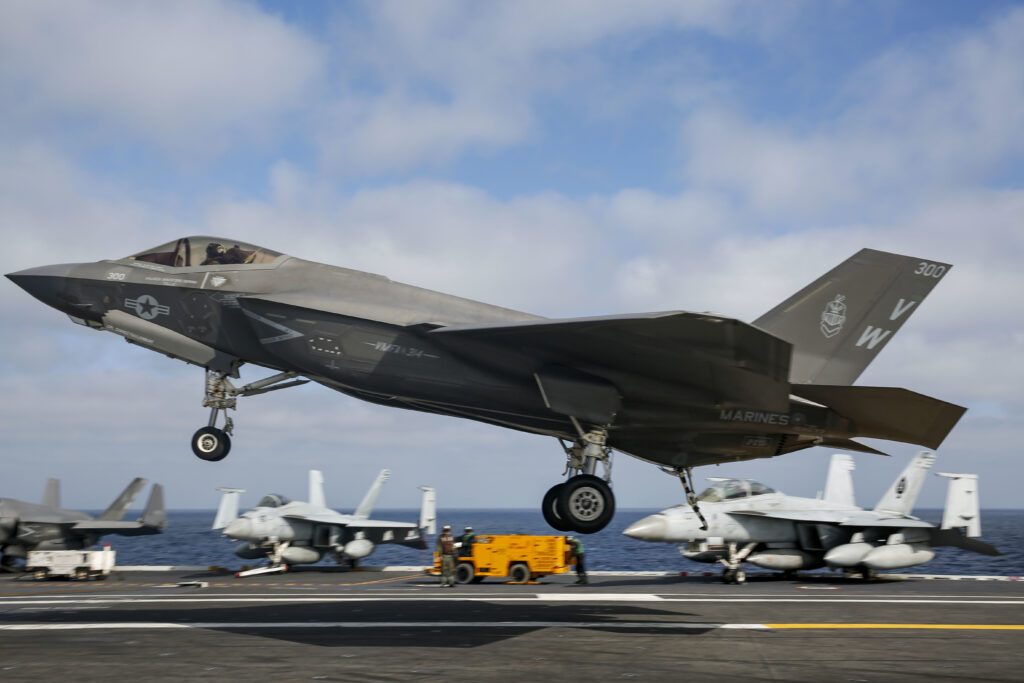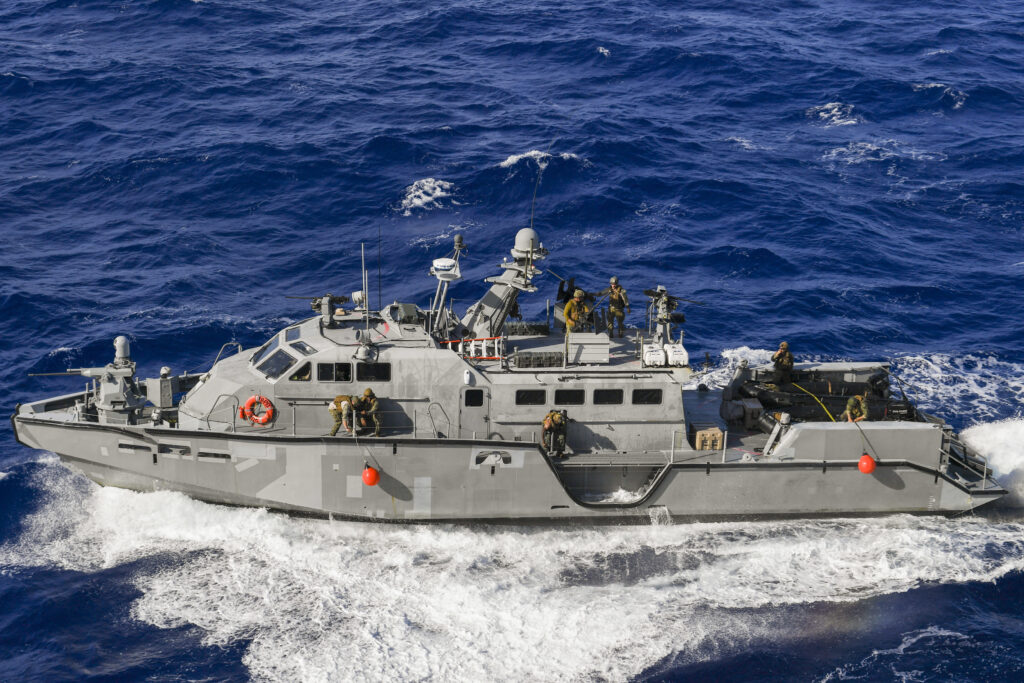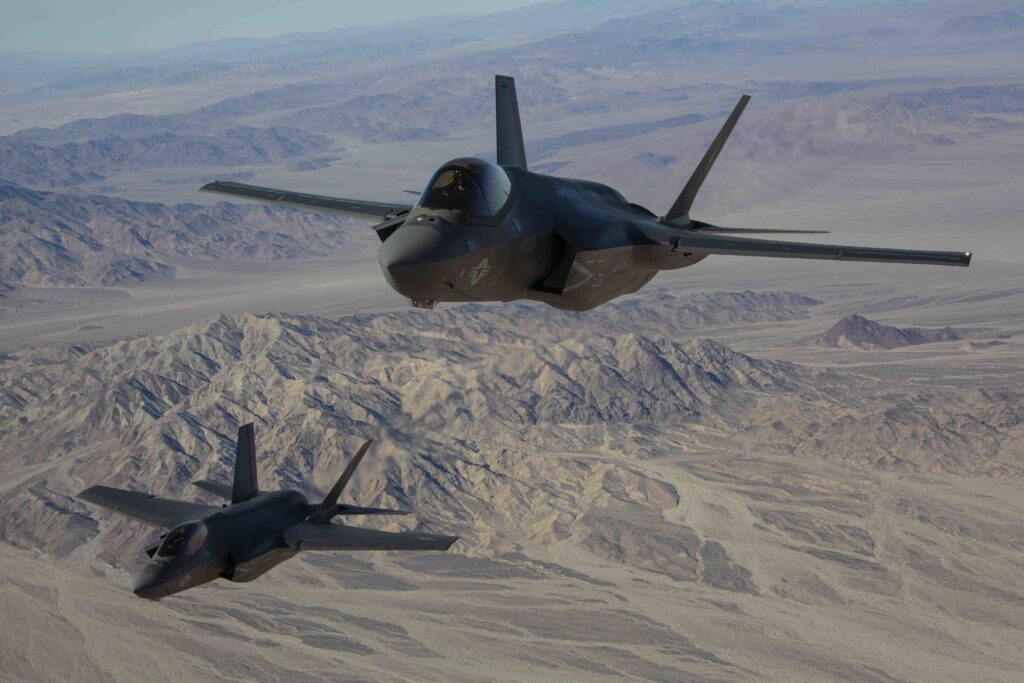Fairbanks Morse Defense Acquires Federal Equipment Co.

BELOIT, Wis. — Fairbanks Morse Defense, a portfolio company of Arcline Investment Management, has acquired Federal Equipment Co., Fairbanks said Jan. 5.
The acquisition significantly expands FMD’s product capabilities and services for shipyard, defense, and industrial customers, with emphasis on its support for and offerings to the U.S. nuclear navy.
The transaction includes FEC Military, a global leader in designing and manufacturing mission-critical components and systems for the U.S. Navy and U.S. Coast Guard, including its advanced cargo elevators, engineered doors and specialized material handling equipment. The transaction also includes FEC’s commercial business, which delivers handling solutions to manufacturing customers outside the defense market.
“Fairbanks Morse Defense is committed to the values that define us as a leading defense contractor. The capabilities, experience, and quality reputation that we’re acquiring with FEC reinforce this commitment and solidify our position as a proven, single-source provider to our naval customers,” said FMD CEO George Whittier. “Both FEC and Fairbanks Morse Defense have highly experienced teams who understand the critical role that our customers play in protecting the nation, and they are all dedicated to delivering the highest quality service in support of that mission. Combining our knowledge and capabilities makes us a powerful asset for the defense industry.”
The FEC acquisition adds extensive capabilities to FMD, solidifying Fairbanks Morse Defense’s position as an integrated defense contractor and turnkey solutions provider to the Navy and Coast Guard. In recent years, FMD has completed multiple acquisitions to better serve defense customers, including its acquisitions of Hunt Valve Company, Ward Leonard, and Welin Lambie.
Founded in Ohio in 1982, FEC has approximately 145 employees. The company is headquartered on its campus near Cincinnati, Ohio, which includes two facilities totaling 100,000 square feet. In addition, FEC has begun construction on a 50,000 square foot facility, which will further increase its manufacturing capacity and capabilities. This building is expected to open in mid-2022.
